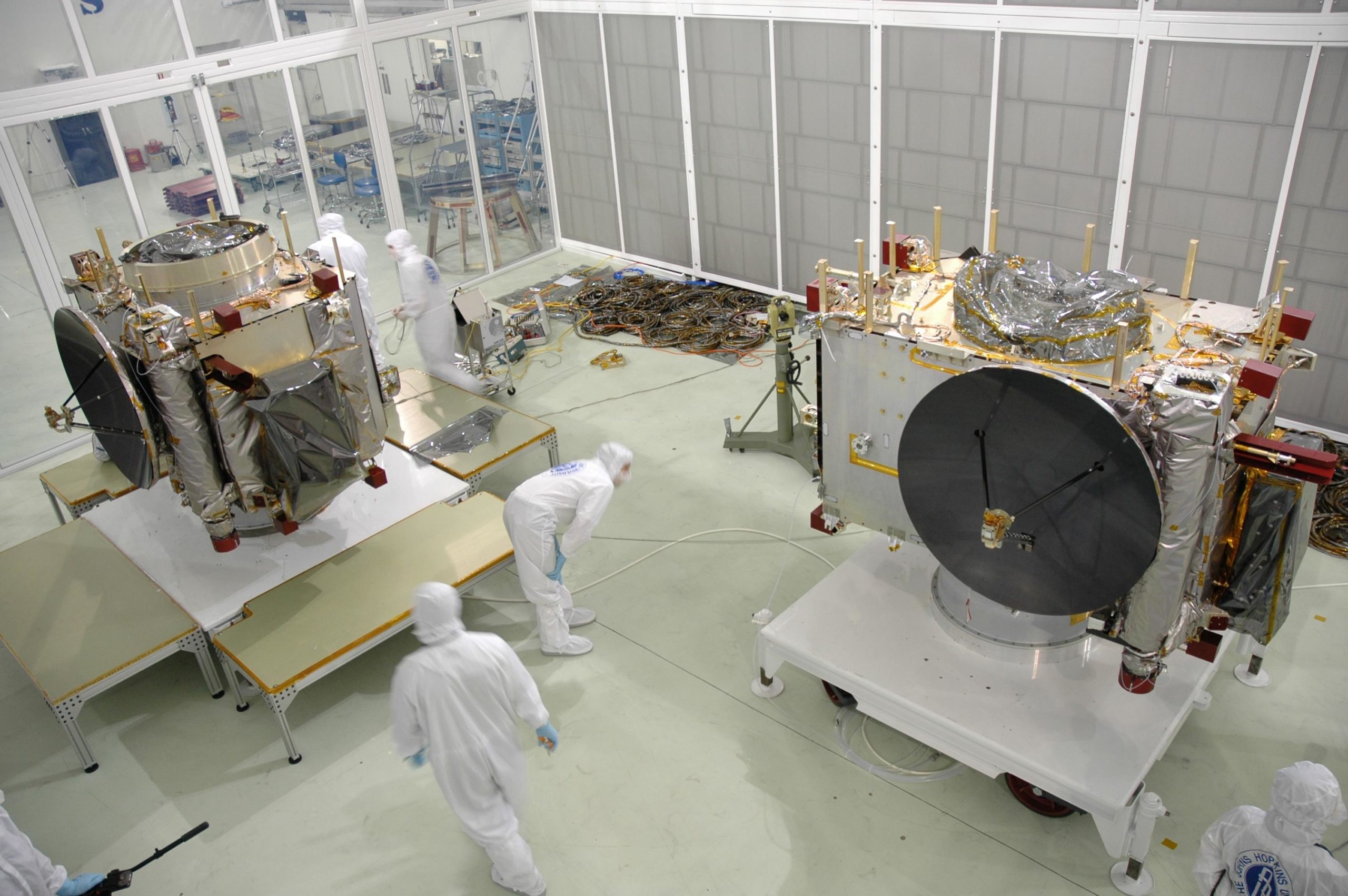OCTOBER 25, 2020: Comet ATLAS C/2020 M3, discovered this past June 27 by the ATLAS survey in Hawaii, will pass through perihelion at a heliocentric distance of 1.268 AU. Comet ATLAS, which is a Halley-type object with an approximate orbital period of 139 years, has been unexpectedly bright (8th magnitude) lately, and may become even brighter as it passes 0.36 AU from Earth in mid-November. Information about Comet ATLAS is available at the Comet Resource Center.
OCTOBER 26, 1366: Comet 55P/Tempel-Tuttle, the parent comet of the Leonid meteor shower, passes only 0.023 AU from Earth, the second-closest confirmed cometary approach to Earth in history. The closest cometary approaches to Earth are listed and discussed in a previous “Special Topics” presentation, and the relationship between comets and meteor showers is discussed in a future “Special Topics” presentation.
OCTOBER 26, 1914: Comet Delavan 1913f passes through perihelion at a heliocentric distance of 1.104 AU. Intrinsically, it was one of the brightest comets to appear during the 20th Century, and it is a previous “Comet of the Week.”
OCTOBER 26, 2006: NASA’s twin Solar TErrestrial RElations Observatory (STEREO) spacecraft are launched from Cape Canaveral, Florida. Both spacecraft carry instruments, including coronagraphs, with which several comets have been discovered near the sun. Many of these comets are Kreutz sungrazers, which are the subject of this week’s “Special Topics” presentation.

OCTOBER 26, 2018: A team of Hungarian astronomers led by Gabor Horvath of Eotvos Lorand University in Budapest announces that they have confirmed the existence of the Kordylewski clouds, large clouds of dust near the Earth-moon L4 and L5 Lagrangian points first reported in 1961. The Kordylewski clouds are discussed in a previous “Special Topics” presentation.
OCTOBER 26, 2028: The Apollo-type asteroid (35396) 1997 XF11 will pass 0.0062 AU from Earth. The initial calculations of this encounter, first computed in 1998, indicated a much closer approach, which was subsequently corrected when more data became available. The story of this prediction, and the underlying process, are discussed in a previous “Special Topics” presentation.
OCTOBER 27, 1577: The Great Comet of 1577, often referred to as “Tycho Brahe’s Comet,” passes through perihelion at a heliocentric distance of 0.178 AU. This comet played a crucial role in our overall understanding of comets, and it is a future “Comet of the Week.”
OCTOBER 27, 1699: Comet 55P/Tempel-Tuttle, the parent comet of the Leonid meteor shower, passes 0.065 AU from Earth.
OCTOBER 27, 1948: The Eclipse Comet of 1948 passes through perihelion at a heliocentric distance of 0.135 AU. This comet, and other “eclipse comets,” are discussed in a previous “Special Topics” presentation.
OCTOBER 28, 1937: Karl Reinmuth at Heidelberg Observatory in Germany discovers the asteroid now known as (69230) Hermes. Two days later Hermes passed two lunar distances from Earth, the closest-known asteroidal approach to Earth for over fifty years. Hermes itself was lost until re-discovered in 2003. Hermes’ story will be discussed in detail in a future “Special Topics” presentation.
OCTOBER 29, 1991: NASA’s Galileo mission, while traversing the asteroid belt en route to its eventual encounter with Jupiter, flies by the main-belt asteroid (951) Gaspra, the first encounter of an asteroid by a spacecraft. Galileo’s asteroid encounters are discussed in a previous “Special Topics” presentation.
OCTOBER 29, 2005: A team led by Steven Ostro discovers a moon of the near-Earth asteroid (1862) Apollo – the first-known Apollo-type asteroid – in radar data taken with the large radio telescope in Arecibo, Puerto Rico. Asteroids’ moons are the subject of a previous “Special Topics” presentation.
OCTOBER 30, 1937: Two days after its discovery, the Apollo-type asteroid now known as (69230) Hermes passes 0.0050 AU – 1.9 lunar distances – from Earth. This remained the record closest-known asteroidal approach to Earth until 1989.
OCTOBER 30, 1974: At a scientific conference on comets, Donald Brownlee of the University of Washington announces the results of studies of lightweight particles collected from the upper atmosphere by high-flying aircraft. These “Brownlee particles” are apparently grains of cometary dust, and are discussed in a previous “Special Topics” presentation.
OCTOBER 31, 1920: Walter Baade at Bergedorf Observatory in Germany discovers the apparent asteroid now known as (944) Hidalgo, which was found to be traveling in a cometary orbit – the first-known asteroid to do so. Hidalgo is quite likely an extinct cometary nucleus, and these objects are discussed in next week’s “Special Topics” presentation.
OCTOBER 31, 2015: The Apollo-type asteroid 2015 TB145, which had been discovered by the Pan-STARRS survey program in Hawaii three weeks earlier, passes 0.0032 AU – 1.3 lunar distances – from Earth. 2015 TB145 travels in a somewhat cometary orbit and also exhibits physical characteristics that suggest it may be an extinct cometary nucleus; these objects are discussed in next week’s “Special Topics” presentation.
OCTOBER 31, 2021: The James Webb Space Telescope is scheduled to be launched from Kourou, French Guiana. Webb, which will be placed near the Earth-Sun L2 Lagrangian point 1.5 million km directly anti-sunward of Earth, is sometimes touted as being the successor to the Hubble Space Telescope, although its detector sensitivity is primarily in the infrared.
More from Week 44:
Comet of the Week Special Topic Free PDF Download Glossary
Ice and Stone 2020 Home Page


